Literary rating: ★★★
Kick-butt quotient: ☆
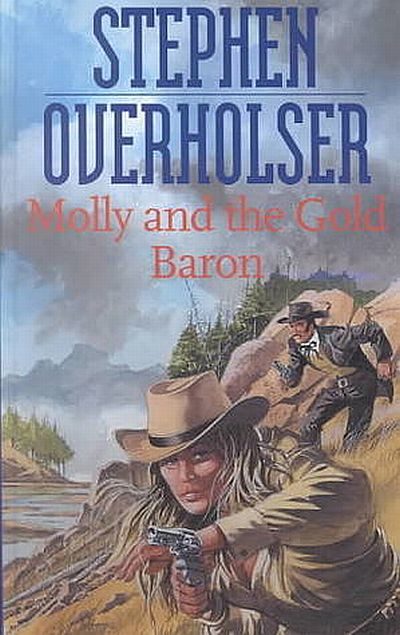
Stephen Overholser is the son of acclaimed Western author Wayne Overholser, who’s followed in his father’s footsteps as a writer of Westerns; both father and son have been Spur Award winners. The younger Overholser created the character of Molly Owens as the protagonist of one of his early novels, Molly and the Confidence Man (1975), and went on to write five more novels featuring her. Orphaned young, Molly and her now-deceased brother survived a rough childhood on their own; after he came West, she answered an ad and went to work for the Fenton Detective Agency, which is fictional, but modeled on the real-life Pinkerton Agency –which actually did employ women detectives, Kate Warne becoming the first in 1856.
Overholser set much of his work in his native Colorado; Molly’s based in Denver, and this tale is set in the real-life Colorado mining boom town of Cripple Creek in ca. 1893. That setting is actually drawn with considerable accuracy, and the depiction of the community’s history and labor troubles in that period reflects actual realities, with some license and changing of names. (I’ll give Overholser credit for doing serious research.) While I wouldn’t describe the author’s characterizations as sharp, Molly comes across as a kind person who cares about justice, as well as both brave and capable. She approaches her detective work with good observation skills and intuition (and isn’t above picking a lock or two if that’s what it takes to hunt for evidence).
Sue Grafton’s Kinsey Milhone, debuting in 1982 in A Is for Alibi, is usually considered literature’s first gun-packing female detective who could handle rough stuff if the baddies wanted to throw it at her. Yet Molly preceded her by seven years and is no shrinking violet where combat is concerned, either with her double-action Colt or with her fists and feet (and she can deliver a pretty nasty head-butt as well); she just was never noticed by mystery-genre critics because her venue is in a different genre. Here, her assignment calls for her to get to the bottom of a pregnant prostitute’s bogus paternity suit against a newly-rich prospector; but the case soon morphs into an unauthorized murder investigation, in the context of a labor dispute between mine owners and mine workers that threatens to become a blood bath. (Some on both sides are up for illegal violence, but the mine owners and their thugs are the more dangerously violent.)
As is true of some other works in this genre that I’ve read, the author’s prose style is mediocre, adequate but uninspired, workmanlike pulp that does the job in an undistinguished way; he tells the story and allows you to picture the action and settings, but this isn’t a novel you’d read for scintillating dialogue, vivid turns of phrase, telling details, or description that soars and sings. His plotting is on a similar level; towards the end, a couple of characters make some decisions that serve the storyline, but struck me as dubiously likely to have been made had this been a real-life narrative in the same situation. The mystery element isn’t very deeply mysterious in the long run.
Despite its flaws,though, I basically liked the book as passing light entertainment, and liked and admired the heroine for her genuine good qualities. Personally, I won’t bother seeking out the rest of the series; but if you’re a Western fan who doesn’t demand much from your books and read for recreation, you could certainly pick a lot worse books, with a lot worse messages. And at 172 pages, it’s a relatively short read, and doesn’t require a lot of thought.
Note: Bad language, of the d-word/h-word sort, is minimal and Molly herself pretty clean in her own speech; I wouldn’t guarantee that she never lets a cuss word slip under stress (I don’t have the book in front of me to check) but she certainly doesn’t make it a noticeable habit. There are three explicit sex scenes. (They can be skipped over with no loss of anything.) However, this isn’t a romance as such, nor is it a trashy “adult Western”.
Author: Stephen Overholser
Publisher: Bantam, available through Amazon, currently only as a printed book.
A version of this review previously appeared on Goodreads.





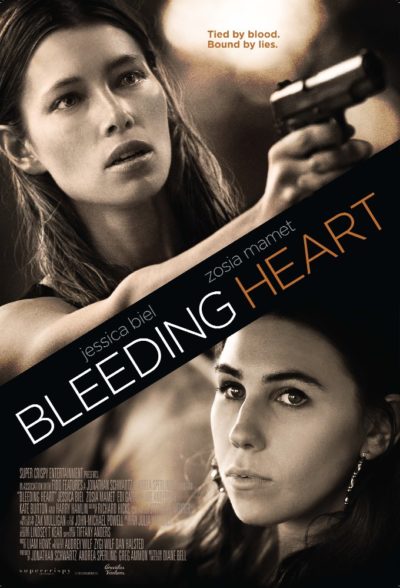 Yoga instructor May (Biel) is delighted when she finally tracks down her long-lost biological sister, Shiva (Mamet) whom she has never met. However, the reunion is soured because May discovers the abusive relationship in which Shiva is embroiled. Worse is to come, as she finds out that Shiva is actually a hooker, and her significant other, Cody (Anderson), is more pimp than boyfriend. May’s efforts to help her sibling run into stormy water – not just from Cody, but also her own boyfriend, Dex (Gathegi) and adopted mother, who think Shiva and Cody are just shaking May down. Eventually, the point comes where May has to come out of this middle-class comfort-zone, because the downward dog position isn’t going to help her and Shiva escape their increasingly perilous situation.
Yoga instructor May (Biel) is delighted when she finally tracks down her long-lost biological sister, Shiva (Mamet) whom she has never met. However, the reunion is soured because May discovers the abusive relationship in which Shiva is embroiled. Worse is to come, as she finds out that Shiva is actually a hooker, and her significant other, Cody (Anderson), is more pimp than boyfriend. May’s efforts to help her sibling run into stormy water – not just from Cody, but also her own boyfriend, Dex (Gathegi) and adopted mother, who think Shiva and Cody are just shaking May down. Eventually, the point comes where May has to come out of this middle-class comfort-zone, because the downward dog position isn’t going to help her and Shiva escape their increasingly perilous situation. ★★★★
★★★★ I have only vague memories of the Gorgeous Ladies of Wrestling, which never quite made the same cultural impact on the far side of the Atlantic as in their native country. I seem to recall seeing a couple of episodes, deciding it was a bit crap, and then slapping in a Megumi Kudo barbed-wire death match tape instead. But my interest was rekindled by the wonderful documentary,
I have only vague memories of the Gorgeous Ladies of Wrestling, which never quite made the same cultural impact on the far side of the Atlantic as in their native country. I seem to recall seeing a couple of episodes, deciding it was a bit crap, and then slapping in a Megumi Kudo barbed-wire death match tape instead. But my interest was rekindled by the wonderful documentary,  This is a great deal of fun, striking a very impressive balance between the drama, comedy and – to my surprise – the wrestling elements. For the show does a particularly good job of explaining both the appeal of the sports entertainment in question, and the work that goes in to making it look good. Here, it probably helps that real wrestlers were involved: Chavo Guerrero was the main consultant, and his uncle, Mando Guerrero, helped train the original GLOW ladies in the eighties. Fans will also spot John Morrison/Johnny Mundo, Brodus Clay, Carlito and Joey Ryan in various roles. It’s not at all a parody of the sport; to a significant degree, the original GLOW felt like that. But it also does extremely well at linking the wrestlers and the characters they play, and showing how the latter evolve and develop out of the former.
This is a great deal of fun, striking a very impressive balance between the drama, comedy and – to my surprise – the wrestling elements. For the show does a particularly good job of explaining both the appeal of the sports entertainment in question, and the work that goes in to making it look good. Here, it probably helps that real wrestlers were involved: Chavo Guerrero was the main consultant, and his uncle, Mando Guerrero, helped train the original GLOW ladies in the eighties. Fans will also spot John Morrison/Johnny Mundo, Brodus Clay, Carlito and Joey Ryan in various roles. It’s not at all a parody of the sport; to a significant degree, the original GLOW felt like that. But it also does extremely well at linking the wrestlers and the characters they play, and showing how the latter evolve and develop out of the former.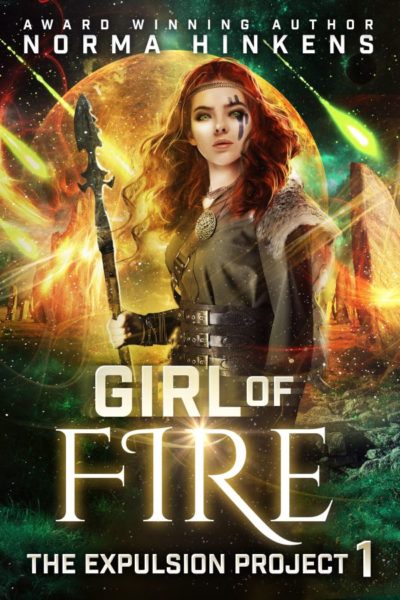 You might be forgiven for expecting something Hunger Games-like, given Katniss was referred to frequently as the “girl
You might be forgiven for expecting something Hunger Games-like, given Katniss was referred to frequently as the “girl 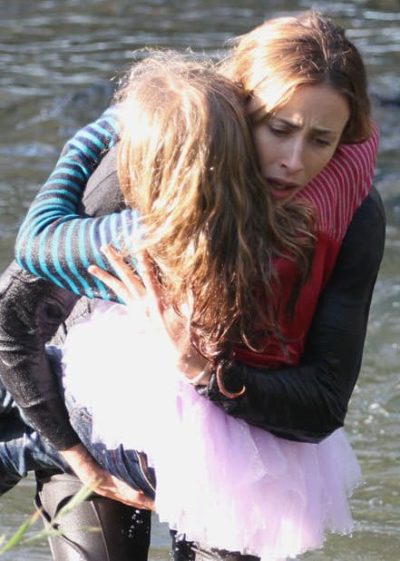
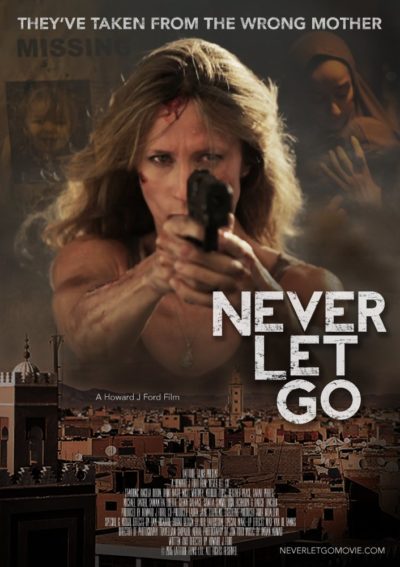 Based on the title and synopsis, I was expecting something like a Lifetime TV Movie. A mother frantically searching for her abducted child in a foreign location, before they can be sold off to some rich Arab, would seem right up their alley. [Though of course, this kind of thing has long been a popular subject for exploitation, to the point where the Hays Code of the thirties had explicitly to ban movies about “white slavery”] It’s a good deal grittier and harder hitting than that, though could have done with much better explanation of why this momma bear is so ferocious – among a number of other aspects.
Based on the title and synopsis, I was expecting something like a Lifetime TV Movie. A mother frantically searching for her abducted child in a foreign location, before they can be sold off to some rich Arab, would seem right up their alley. [Though of course, this kind of thing has long been a popular subject for exploitation, to the point where the Hays Code of the thirties had explicitly to ban movies about “white slavery”] It’s a good deal grittier and harder hitting than that, though could have done with much better explanation of why this momma bear is so ferocious – among a number of other aspects.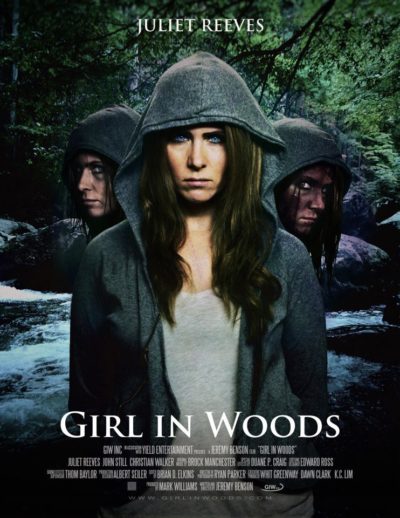 It’s always interesting when reviews of a film are deeply polarized, and that’s the case here. The first page of Google results run the gamut from “I simply despised the film as a whole” to “The images are frightening within, and the only thing better than the scares are the performances.” While I lean toward the latter, I can see how this could have failed to make a connection with some viewers, and if that happens, then there isn’t much else to prevent the former opinion. It’s the kind of film where there isn’t likey to be a middle ground in reactions.
It’s always interesting when reviews of a film are deeply polarized, and that’s the case here. The first page of Google results run the gamut from “I simply despised the film as a whole” to “The images are frightening within, and the only thing better than the scares are the performances.” While I lean toward the latter, I can see how this could have failed to make a connection with some viewers, and if that happens, then there isn’t much else to prevent the former opinion. It’s the kind of film where there isn’t likey to be a middle ground in reactions.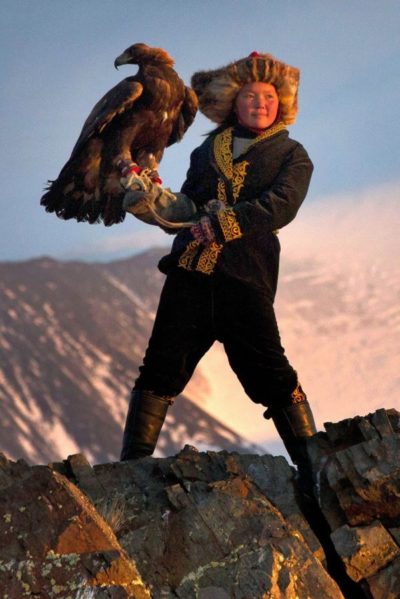
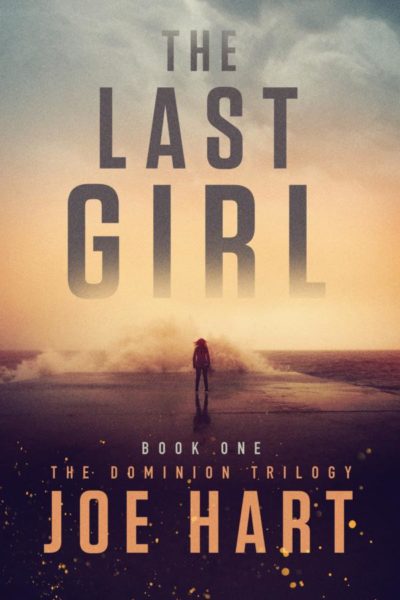 There are elements here which reminded me of Children of Men, though this is set further down the road, when civilization has decayed a good deal further. The issue here is slightly different: specifically, a lack of female children, which has triggered a rapid collapse into anarchy for the United States. 25 years later, the
There are elements here which reminded me of Children of Men, though this is set further down the road, when civilization has decayed a good deal further. The issue here is slightly different: specifically, a lack of female children, which has triggered a rapid collapse into anarchy for the United States. 25 years later, the